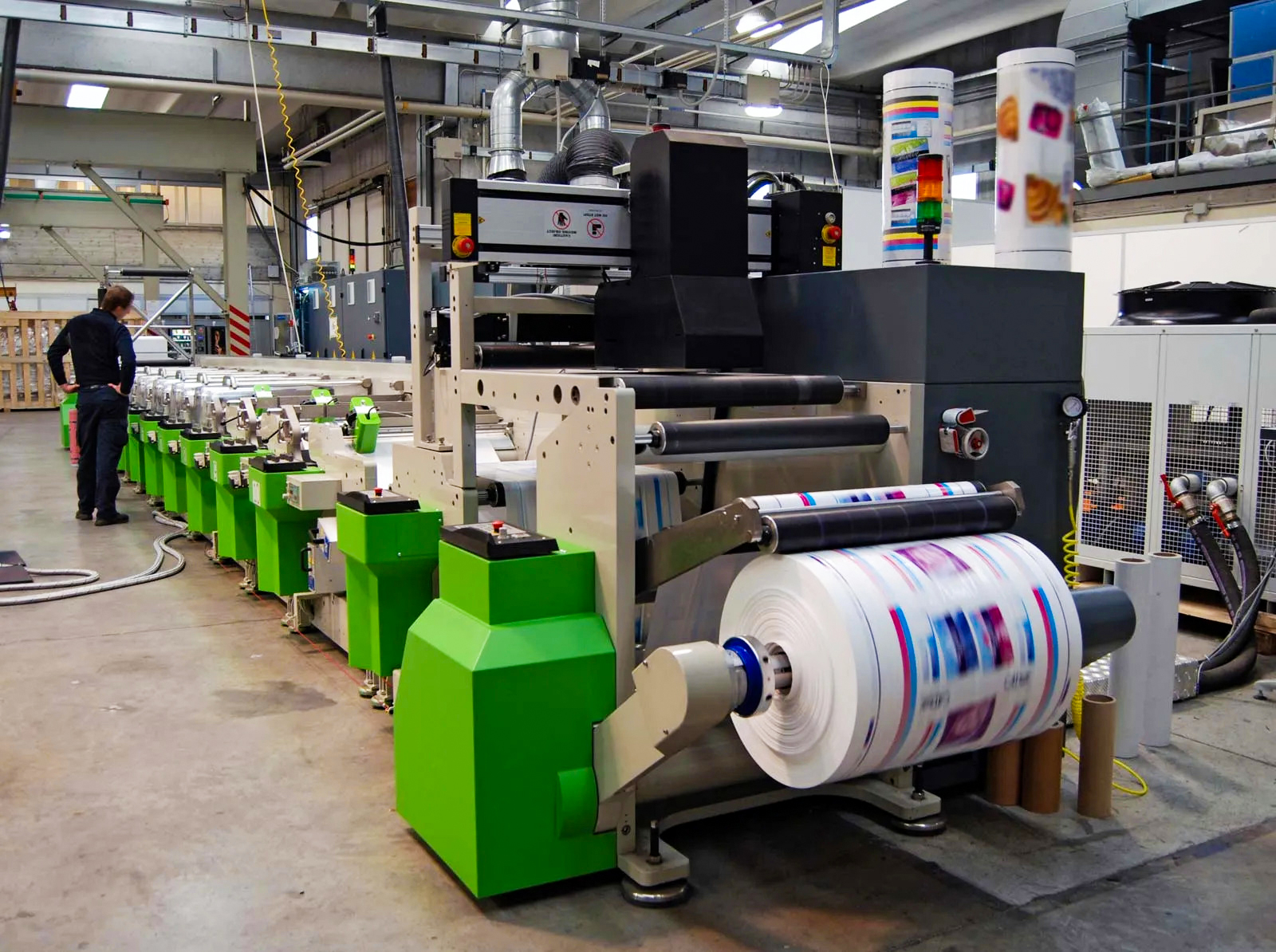The Future Of Print Media
Some people believe that print media is dying because of digitization. However, we don’t think so. In fact, we know that print media will improve and continue to serve industries, companies, and individuals. People will need printing services for a long time to come.
And since print media is not dying, it will have to evolve to global trends. The desire for increased sustainability grows with each passing day. More companies and individuals are looking for opportunities to go green.
A worthy cause indeed, and print media would benefit from increasing sustainability. The primary benefit is keeping people and businesses interested. When multiple companies reliant on print go green, it dramatically decreases the impact on the environment.
Moreover, studies show that more consumers want to buy environmentally friendly products. This is a huge opportunity for print media.
The printing industry has already taken action to make the process more sustainable. So keep scrolling as we explore the eco-friendly future of printing.
Eco-Friendly Printing
Sustainable Materials
The first thing the print industry is trying to change is the type of materials they use. Technological improvements have seen a rise in sustainable materials for printing, including:
- Recycled paper. Paper is a commonly used product because of its versatility. Recycled paper leaves a lower carbon footprint, promoting sustainable forest management.
- Eco-friendly inks and toners. Conventional printing inks leach volatile organic compounds into the air. This has long-term implications for the environment. The industry is looking to change that with eco-friendly inks with vegetable bases. For example, soy-based inks are gentler and produce vibrant colors.
- Recycled cartridges and printers. More printing industry companies are creating a product and cartridge recycling chain. For example, HP users can send any used plastic from toner and ink cartridges back to the company for repurposing into new products.
- Carbon balanced paper and print. Carbon-balanced paper and printers reduce CO2 output and balance the entire printing process. This should be an option in good printing shops.
Energy-Efficient Equipment
Another excellent way for the printing industry to reduce its environmental impact is by reducing energy consumption. Large-scale printing demands a lot of energy. Prioritizing renewable energies is a big part of sustainable printing.
Business owners can use renewable energy sources like solar power or wind. Business owners can also insulate their properties and install energy-efficient lighting.
Additionally, people can invest more in energy-efficient equipment. More companies are switching out their older printers for devices that consume minimal electricity. For instance, LED UV printing.
More people are using ultraviolet light for an instant drying process during printing. LED UV printing consumes less power than traditional methods.
Additionally, on and off instant functionality reduces standby consumption translating to reduced CO2 emissions. The instant drying eliminates the need for a sealing coat and setting spray process, consuming less energy.
Eco-Friendly Methods
And lastly, more companies are considering eco-friendly practices that significantly reduce their impact on the environment.
Paperweight and sizing. Thich paper is strong and feels luxurious. However, lighter options reduce the amount of paper needed for a project. More people should turn to this option, primarily individuals. Additionally, businesses should consider reducing the sizes of brochures, posters, and other printed advertising items. It decreases paper consumption and saves paper.
Printing both sides of the paper. This is another eco-friendly practice for individuals that can reduce paper consumption significantly. This is especially helpful for large companies that go through many single-use documents such as memos and letters.
Avoid foils. Businesses love to use foils for packaging and advertising; however, they are harmful to the environment. More businesses are avoiding foils in their packaging and advertising products. Others are cutting down on its size as much as possible.
Software that reduces paper waste. Paper wastage has a significant impact on the environment, and it is popular in large companies and businesses. An average office worker can go through over 200 sheets of paper each week. This translates to huge waste and more demand for paper.
Employers can find good programs that reduce paper wastage. Additionally, they can educate employees on using printing equipment to get it right the first time, reducing paper wastage.
Final Thought
Printing is not dead; it is adapting to the environment! The future sees eco-friendly practices that protect the environment.
Businesses in the printing industry need to get with the movement by adapting to these green methods and solutions. Individuals and businesses should embrace the changing times and look for opportunities to go green with printing.


